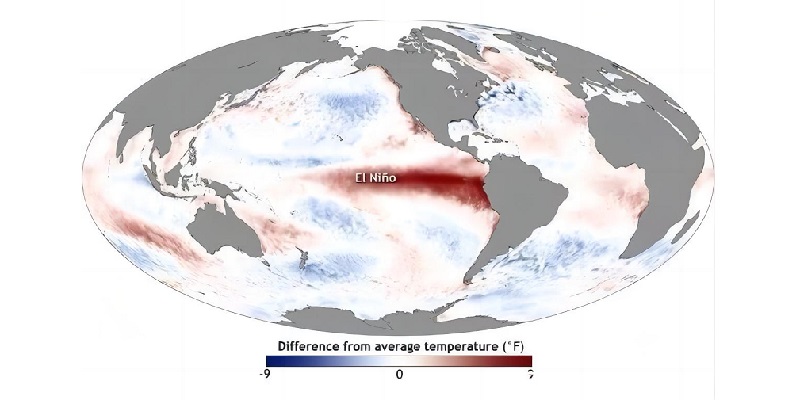Recently, India’s rice export ban and El Ni ñ o phenomenon may affect global rice prices. According to Fitch subsidiary BMI, India’s rice export restrictions will remain in effect until after the legislative elections in April to May, which will support recent rice prices. Meanwhile, the risk of El Ni ñ o will also affect rice prices.
Data shows that Vietnam’s rice exports for the first 11 months of this year are expected to be 7.75 million tons, an increase of 16.2% compared to the same period last year. The world’s largest rice exporter, India, has a crushing rate of 5%. The price of steamed rice is between $500 and $507 per ton, which is roughly the same as last week.
Climate change and extreme weather events may also have an impact on global rice prices. For example, extreme weather events such as floods and droughts may lead to a decrease in rice production in certain regions, thereby driving up global rice prices.
In addition, the supply and demand relationship in the global rice market is also an important factor affecting prices. If supply is insufficient and demand increases, prices will rise. On the contrary, if there is oversupply and demand decreases, prices will decrease.
Policy factors may also have an impact on global rice prices. For example, government trade policies, agricultural subsidy policies, agricultural insurance policies, etc. may all affect the supply and demand of rice, thereby affecting global rice prices.
In addition, global rice prices are also influenced by other factors, such as the international political situation and trade policies. If the international political situation is tense and trade policies change, it may have a significant impact on the global rice market, thereby affecting global rice prices.
The seasonal factors in the rice market also need to be considered. Generally speaking, the supply of rice reaches its peak in summer and autumn, while the demand increases in winter and spring. This seasonal change will also have a certain impact on global rice prices.
There are also differences in the prices of different varieties of rice. For example, high-quality rice such as Thai fragrant rice and Indian steamed glutinous rice with a crushing rate of 5% are usually priced higher, while other varieties of rice have relatively lower prices. This variety difference will also have a certain impact on the prices of the global rice market.
Overall, global rice prices are influenced by various factors, including climate change, supply and demand, policy factors, international political situation, seasonal factors, and variety differences.
Post time: Dec-04-2023




